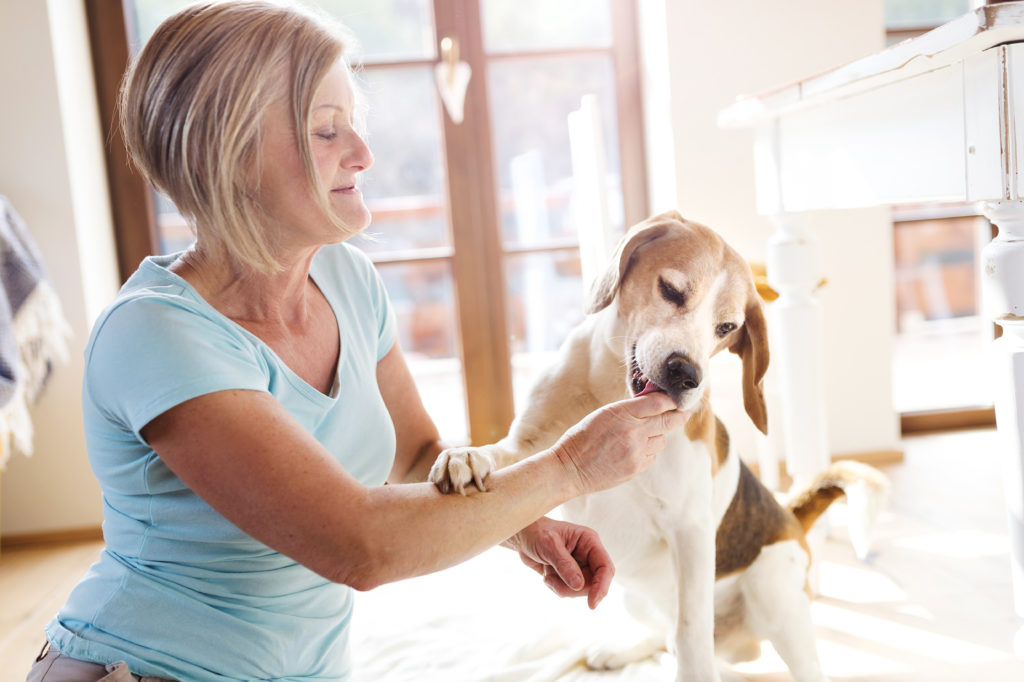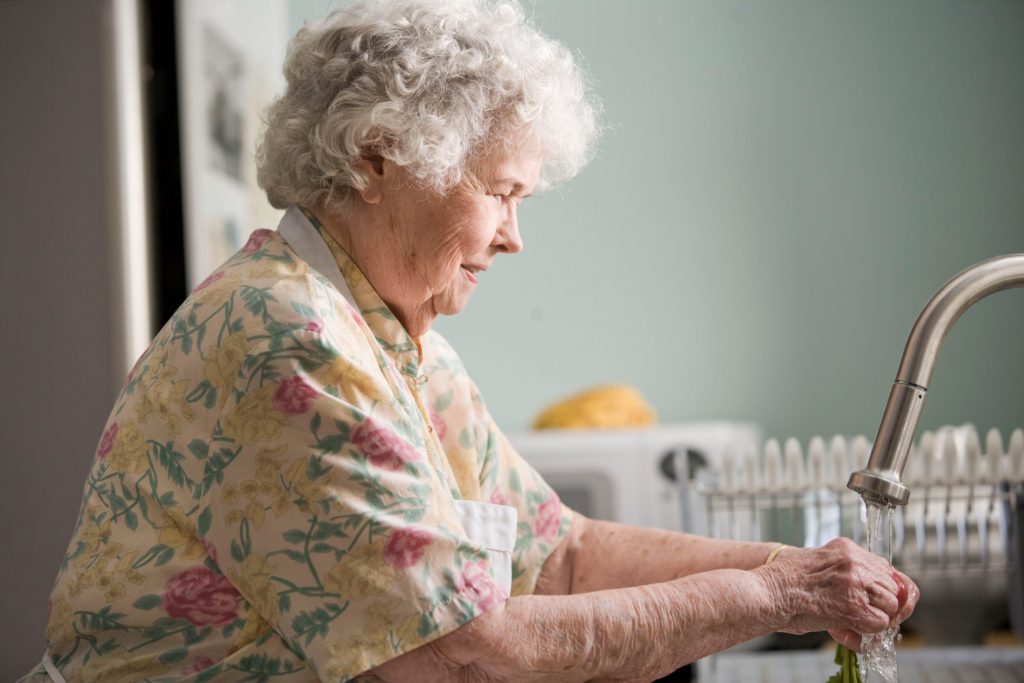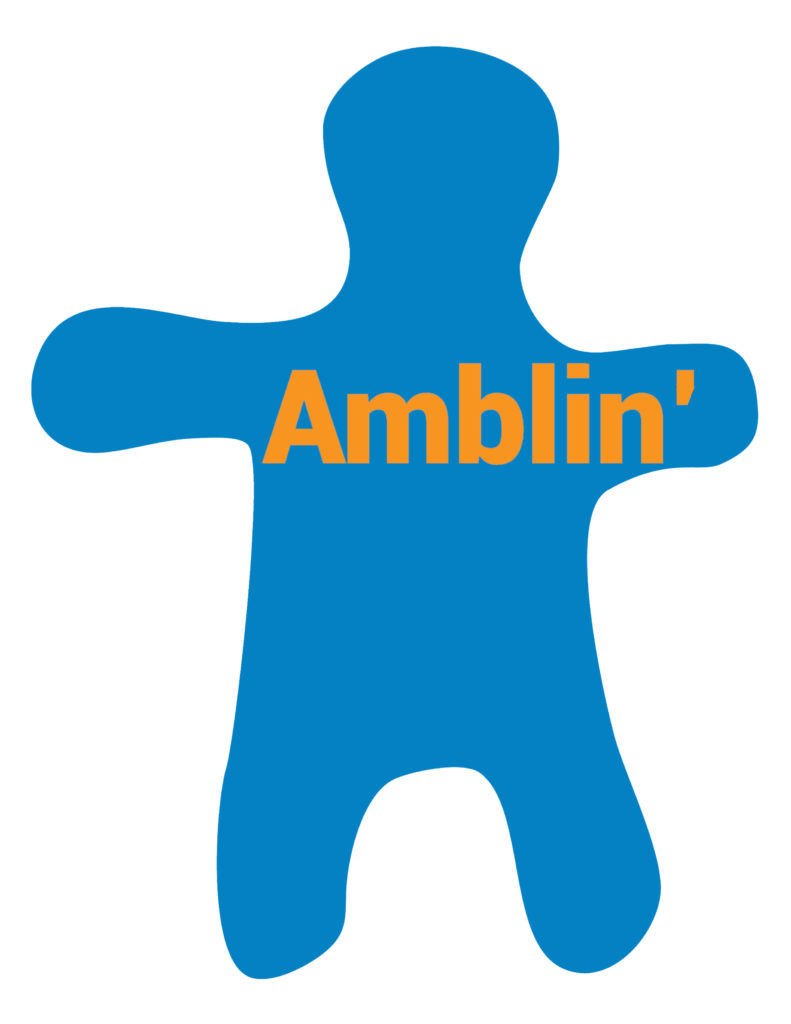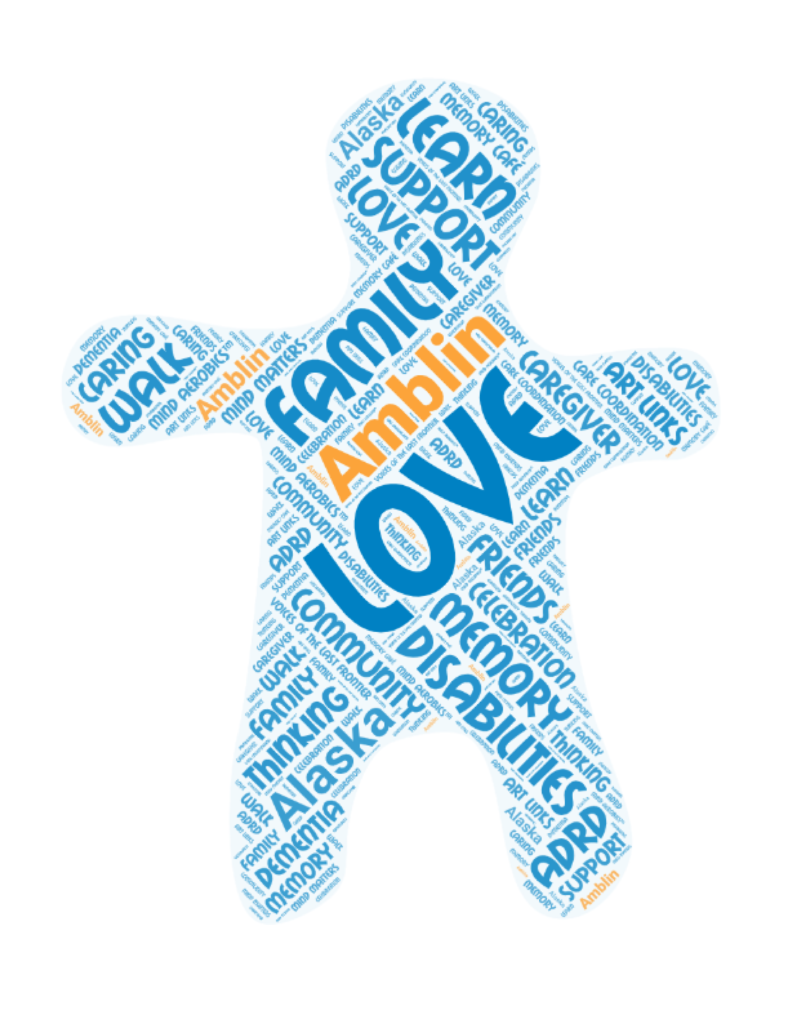General Guidelines
- Activities help avoid “Empty Day Syndrome” and helps behaviors such as “Sundowning” and wandering.
- Select and modify activities according to the individual’s ability level
- Use both visual and verbal instruction (model the activity; explain slowly, one step at a time)
- Tactile and muscular feedback work even better for later stages (manipulate the individual’s limbs gently)
- Simplify or break the activity into smaller components for success; one-on-one interaction may be best
- Repeat well-liked activities; provide activities that offer positive results; know the person
Activities for Adults with Dementia
Arts & Crafts
- Paste a theme collage: animals, babies, occupations, WWI, WWII, etc.
- Seasonal crafts: prepare in advance and simplify steps
- Paint or draw with watercolors or crayons (offer 2 or 3 colors in later stages)
- Simple shapes with plastic modeling clay (it’s not messy)
Reminiscence
- Reminiscence: the joy of memories; use visual prompts like photo albums
- Focus on easy recollections–use props like old clothes or knickknacks if necessary
- Organize or enjoy photo, stamp, coin albums together
Pets are Calming
- Live pets present some risks but give feeling of unconditional acceptance
- Bird watching, aquariumsether
Music Therapy
- Dancing, rhythm band or clapping to music
- Sing-a-longs: old hymns, patriotic songs, old-time ditties
- Musical reminiscence: big band era, old war tunes
- Learn individual music preferences; consider using an IPod with favorite music
- Music boxes, especially ones with figurines on top
- Exercise to music–simple aerobics/chair exercises (toss a ball or balloon)
Books or Magazines (Ideals, Country Living,)
- Read a short magazine story together–especially one with pictures
- Read poetry and bring appropriate pictures the individual can look at
- Read a newspaper article
- Browse clothing catalogs
Ball Games (Produce enthusiastic articipation/promote longer attentionspan)
- Ball games with heavy-duty helium-filled balloons work well
- Use soccer sized, softball; nerf ring toss, indoor bowling, indoor golf
Housework & Yard Work
- Set table, dust, sort or fold laundry, sweep floors, wash dishes
- Rake, plant, sweep walk, water lawn, weed, pick off dandelions
- Knead bread, top pizza, make fruit salad, stir things
Personal Activities
- Do hair or fingernails, give a shave (set up a barber chair or salon)
- Offer to moisturize the individual’s skin with a favorite lotion
- Take a walk. Exercise has many health benefits for the person living with dementia as well as their care partners
Stuffed Animals & Dolls
- Motorized “Companion” animals (Encourage to choose their favorites)
- Dolls; snapping, buttoning, zipping dolls’ clothes are remembered activities; in later stages the dolls may become “real”
Tactile Therapy
- Textured cloth & fur: nesting bags or muffs with different attachments for those who like to touch things
- Balls of yarn–winding (take out decreases agitation and disruptive behavior)






 Make a Payment
Make a Payment



